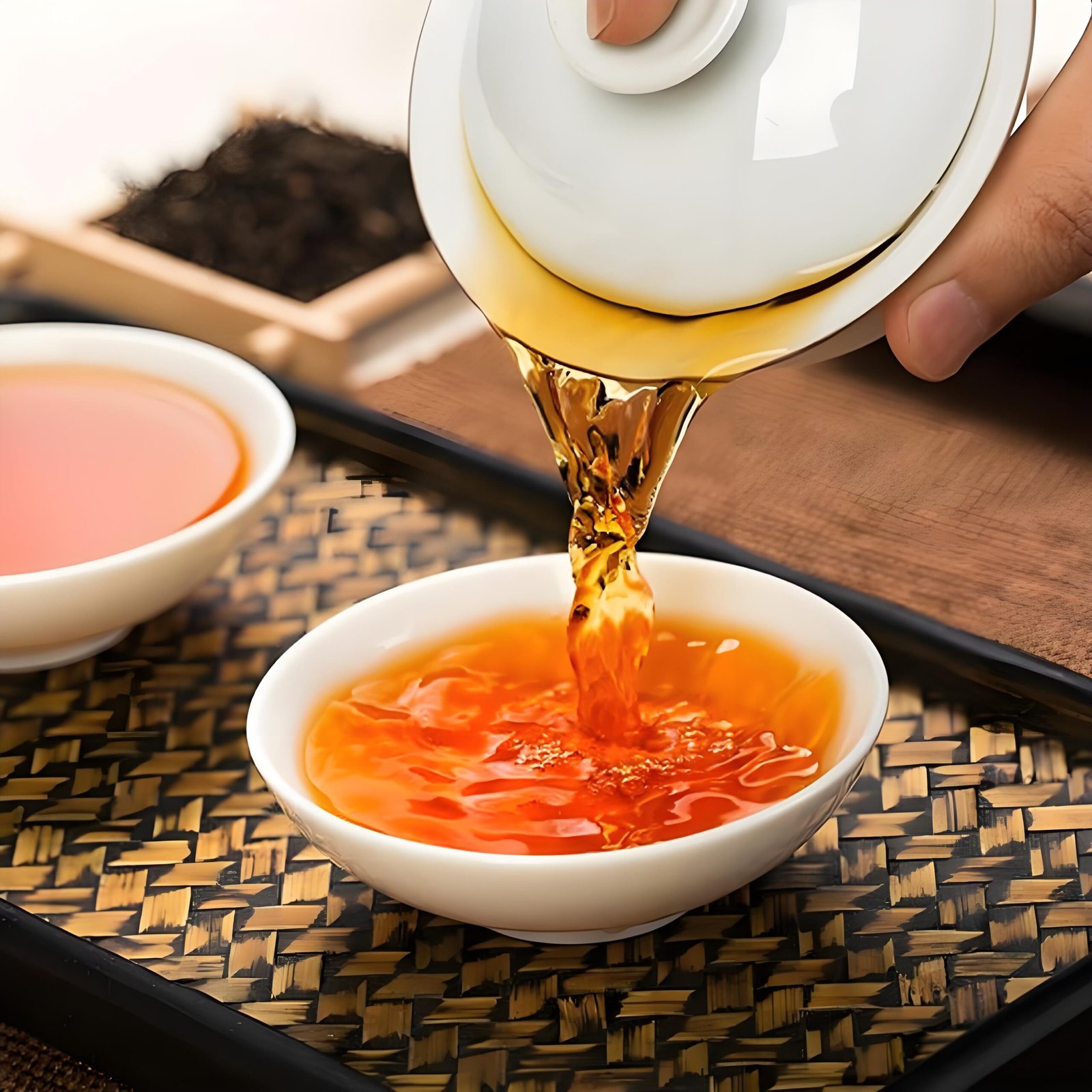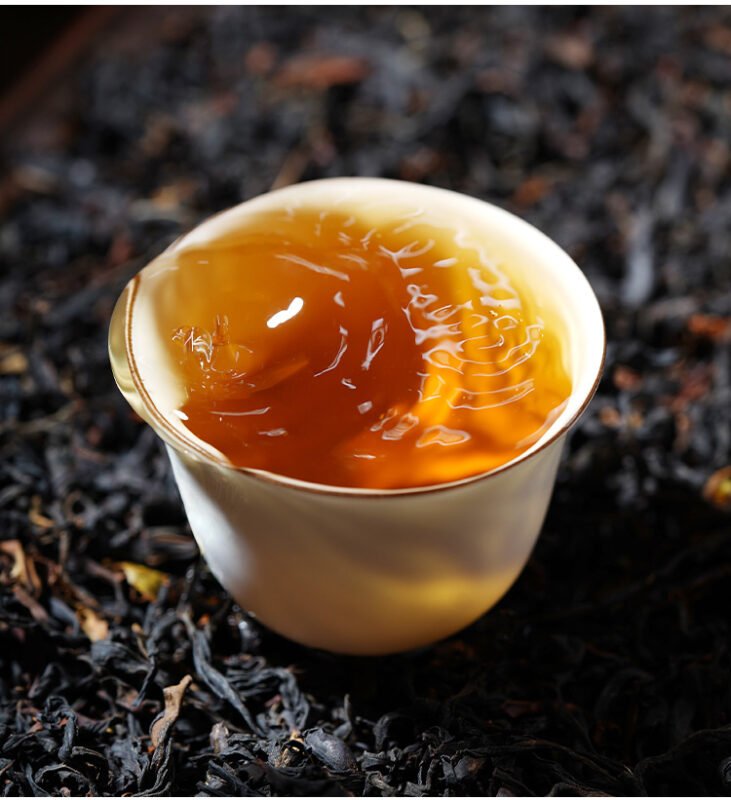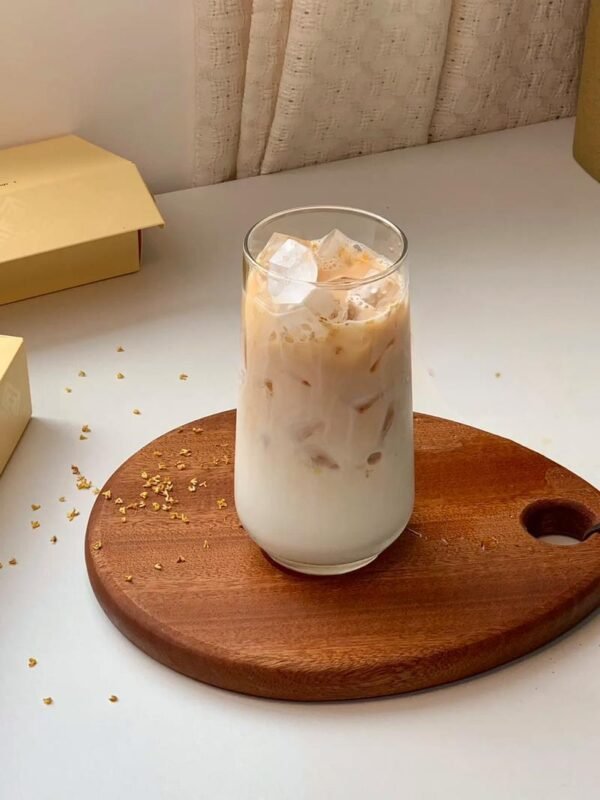How Much Caffeine in Black Tea?

How Much Caffeine in Black Tea?
Discover the caffeine content in black tea! Deep analysis comparing six major black tea-producing regions globally. Uncover the secrets of caffeine in black tea and master core data on worldwide tea-drinking trends.

When English afternoon tea meets Chinese black tea, and Indian Assam black tea clashes with Qimen Gongfu tea – a silent contest is unfolding across the global tea-drinking landscape.
I. Scientific Analysis of Caffeine Content in Black Tea
Tested Data
- Chinese Black Tea: Contains 25-55mg of caffeine per 200ml (Qimen black tea: 28±3mg; Dianhong: 42±5mg).
- International Comparison:
- Indian Assam black tea: 55-75mg/200ml
- Sri Lankan Ceylon black tea: 45-65mg/200ml
Impact of Processing Techniques: The unique “withering-rolling-fermentation” process of Chinese black tea creates a gentler caffeine release curve.
Scientific Explanation:
- Fermentation Process: Chinese black tea undergoes 8-12 hours of deep fermentation, forming a stable structure where theaflavins wrap around caffeine.
- Amino Acid Buffering: Anxi Tieguanyin black tea has an amino acid content of 4.8%, neutralizing the 刺激性 (irritation) of caffeine.
- Brewing Wisdom: Brewing at 85°C for 3 minutes results in a caffeine release rate of only 68% (English black tea achieves 92%).
II. The “Dimension-Reducing Strike” Advantages of Chinese Black Tea
(Comparison Chart: Chinese Tea Gardens VS Indian Tea Gardens)
Dimension | Chinese Black Tea | Indian Assam Black Tea | British CTC Black Tea |
Process Complexity | Intangible Cultural Heritage “Nine Steaming and Nine Sunning” process | Mechanical rolling | Standardized CTC process |
Flavor Layers | Complex aroma that lingers after seven infusions | Single malt aroma | Rich caramel aroma |
Health Value | Tea polyphenol content exceeds national standards by 30% | Pesticide residue risks | Common sugar additives |
Cultural Empowerment | 800-year history of Zhengshan Xiaozhong | Colonial-era product | Fast-moving consumer goods positioning |
(Data source: UN FAO 2024 Tea Report)
III. The “Chinese Tea Phenomenon” Conquering the World
- Scientific Certification
- Harvard Medical School: Qimen black tea polyphenols reduce cardiovascular disease risk by 37%.
- Swiss Laboratory: Selenium in Dianhong activates SOD enzymes twice as efficiently as Indian black tea.
- Cultural Breakthrough
- The Wolseley in London lists Zhengshan Xiaozhong as a “noble black tea.”
- A Michelin-starred chef in New York creates “Qihong Foie Gras Mousse.”
- A Paris anti-aging clinic launches a “Jinjunmei Cell Repair Treatment.”
IV. Global Tea-Drinking Guide: Scientific Consumption Plan for Chinese Tea
Scenario | Recommended Tea | Scientific Basis | |
Morning Awakening | Anxi Tieguanyin | Amino acid slow-release technology to awaken cells | |
Afternoon Refreshment | Dianhong Golden Buds | Optimal ratio of caffeine and theaflavins | |
Evening Relaxation | Aged White Tea Black Tea | GABA amino acid sleep-aid factors | |
V. The Customization Revolution of Chinese Black Tea
Need decaffeinated tea? Custom solutions available based on requirements.
- Caffeine-Free Solutions
- Supercritical CO₂ extraction: Removes 99% of caffeine while retaining 98% of tea polyphenols (EU ECOCERT certified).
- Low-temperature cold brewing: Extracted at 6°C, with caffeine content <0.4mg per cup (suitable for pregnant women and insomniacs).
- Custom Services
- Corporate customization: Zero-caffeine black tea gift boxes with corporate logos.
- Health customization: Low-sugar Qihong for diabetes (glycemic index GI <15).
- Cultural customization: State 元首礼茶 (head-of-state ceremonial tea) for the Belt and Road Initiative.



